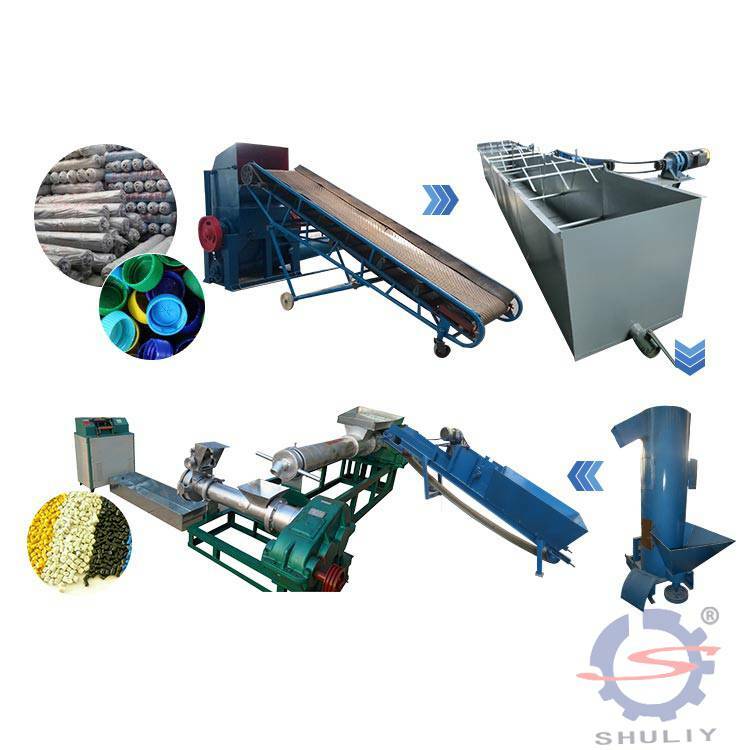Plastic bottle recycling rate has been greatly improved
In the 1990s, discarded plastic bottles were found everywhere. Later, with the continuous improvement of recycling technology of waste plastic bottles around the world, including crushing and washing. the army of plastic bottle recycling was born, and the recycling rate of plastic bottles was greatly improved.
Now the recycling rate of PET waste plastic bottles is already very high in some developed regions, and even The industry has raised prices for each other in order to compete for recycled plastic bottle resources. The waste plastic bottle resources around the world have become increasingly tense and have begun to affect related textile, packaging and other industries.
In fact, we believe that the recycling of waste plastic bottles, related companies should not focus on the developed regions.
In some developing countries, such as Latin America, Southeast Asia, Africa, etc., their recycling technology for waste plastic bottles is still very low. As a result, the recycling awareness of discarded plastic bottles in these countries is generally low and there are a large number of available resources. If you can actively enter these markets, on the one hand, recycling plastic bottles will solve the local environmental problems will be supported by the government, on the other hand, the cost of obtaining waste plastic bottles will be relatively low. There is still a chance to recycle plastic bottles in these places.

For the recycling of multinational plastic bottles, the key issues and the cost of transportation, if it can be well controlled, I believe that the prospects are unlimited.
Plastic bottle recycling rate has been greatly improved
Waste plastic bottles can be converted into highly effective antifungal drugs. The research was conducted by IBM nanomedical researchers and the Singapore Institute of Bioengineering and Nanotechnology. The researchers turned recycled plastic bottles into non-toxic, biocompatible, highly effective antifungal nanofibers that treat resistant fungal infections and bacterial infections such as methicillin-resistant Staphylococcus aureus (MRSA).
According to reports, more than 1 billion people worldwide are infected with fungi every year, ranging from local skin infections (such as athlete’s foot) to life-threatening fungal blood infections. When the patient is treated with antibiotics, the immune system is damaged. There is an urgent need to develop highly effective and disease-specific antifungal agents to alleviate the growing problem of drug resistance. Traditional antifungal treatments require intracellular invasion of infection, but it is difficult to target and penetrate the fungal membrane wall.
In addition, because fungal metabolism is similar to mammalian cells, existing drugs are unable to distinguish between healthy and infected cells.
Based on this
The researchers used an organic catalytic process to promote the conversion of ordinary plastic materials made of polyethylene terephthalate (PET), in the process of producing new molecules of antifungal agents.
These new antifungal agents are self-assembled by a hydrogen bond bonding method, such as molecular velcro bonding to each other, forming nanofibers in a polymer-like manner, thereby exhibiting an active antifungal effect. This new nanofiber is positively charged and can be selectively targeted and attached to a negatively charged fungal membrane based solely on electrostatic interactions. It then prevents it from attacking by breaking down and destroying the walls of the fungal cell membrane.
Researchers have also predicted through computer simulations that modifying the structure of this new nanofiber can produce the desired therapeutic effect. The results also show that this antifungal nanofiber can effectively disperse the fungal biofilm after one-time treatment without harming the surrounding healthy cells.
